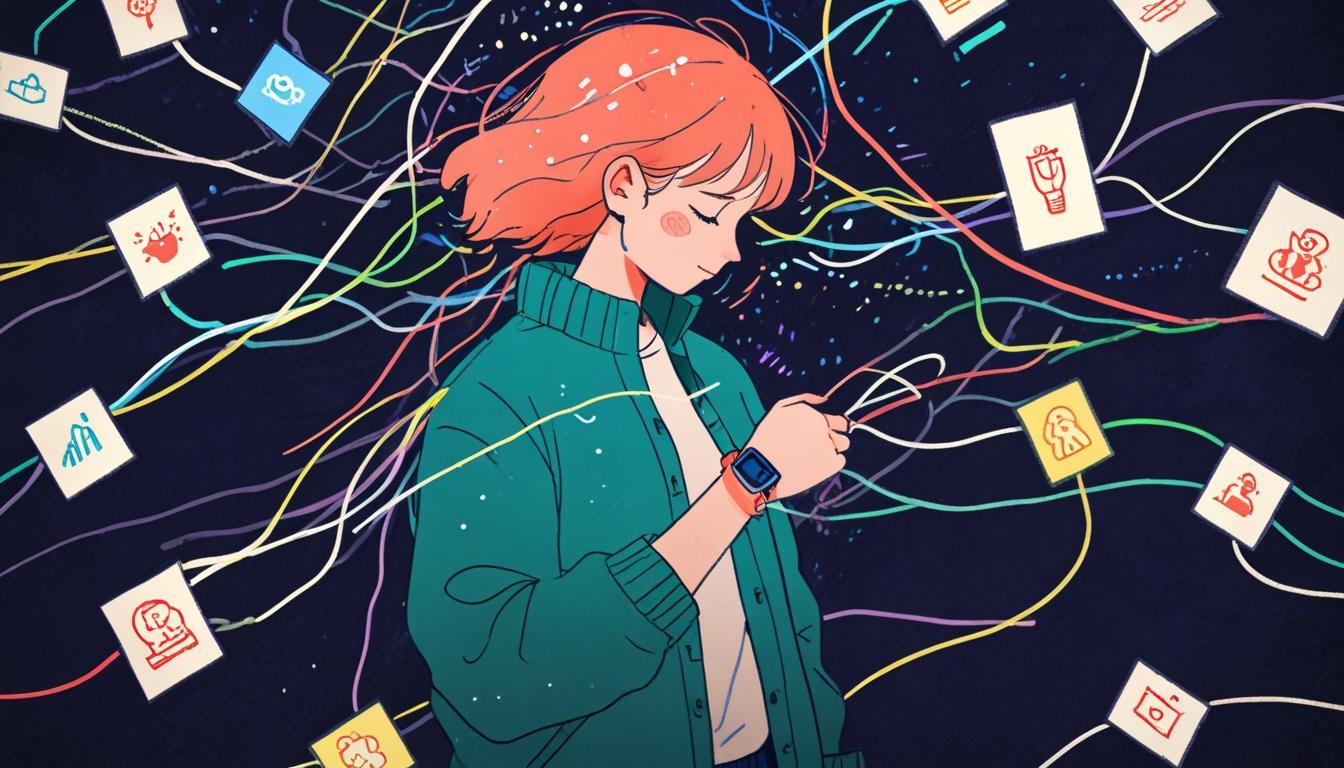Suicide remains one of the most pressing public health challenges, often shrouded in complexity and heartache. A notable obstacle in preventing suicide is the difficulty in recognising when individuals are experiencing suicidal thoughts or behaviours. These feelings can surface and dissipate rapidly, often disappearing before a person meets with a healthcare professional, thereby evading detection by traditional assessment tools.
As technology advances, many people now employ digital devices to monitor their physical health, tracking everything from step counts to sleep patterns. Encouragingly, researchers are leveraging these very tools to gain insights into mental health, particularly concerning suicide risk. One innovative approach that has emerged is known as Ecological Momentary Assessment (EMA). This method collects real-time data on an individual's mood, thoughts, behaviours, and environment through wearable devices or smartphones. It can actively solicit user input or passively gather data via embedded sensors.
Studies indicate that EMA is an effective method for monitoring suicide risk, capturing essential information about an individual's mental state that often goes unnoticed in retrospective inquiries. Research has shown that not only is EMA safe for monitoring, but it also offers a more intricate and personal perspective of an individual’s experiences, particularly in moments of crisis. For example, a recent study confirmed that EMA can predict short-term suicidal ideation among young adults, highlighting the added dimension of utilising both self-reports and wearable sensor data in assessments.
The ability to create adaptive interventions based on this real-time data holds particular promise. Such interventions can provide immediate, personalised responses—delivered directly to a user’s device—when distress signals are detected. This proactive approach falls in line with personal safety plans created in collaboration with mental health professionals. These plans have been proven effective in suicide prevention, especially when they are accessible at critical moments.
Nevertheless, significant questions linger in the application of this technology: which specific changes in a person’s data should signal an alert, at what times should interventions be deployed, and in what forms should these interventions take? These are essential questions that advancements in artificial intelligence (AI) and machine learning are beginning to address. AI technologies have already demonstrated potential in constructing models capable of forecasting suicide risk by identifying subtle shifts in a person's emotional state.
There is mounting evidence suggesting that machine learning models can predict suicide risk with greater accuracy than traditional clinical tools. Consequently, mental health guidelines advocate for a transition towards a more flexible, person-centred approach rather than rigid risk scores. This approach encourages open dialogue, prioritising personalised methods tailored to the individual's needs and circumstances.
While promising, there are notable concerns over privacy, particularly in relation to the handling of sensitive personal data and the potential biases introduced by a lack of diversity in training datasets. These difficulties raise critical ethical considerations regarding the implementation of AI in mental health contexts, as findings from one socio-economic or cultural setting may not translate directly to another.
Moreover, the challenge of ensuring that mental health professionals trust these AI-driven predictions remains. To foster this trust, the development of “explainable AI” is crucial, as it ensures transparency in how AI reaches its conclusions—akin to the explanations currently offered through traditional assessment tools.
Amidst the tragic reality of suicide, the integration of EMA and AI presents a groundbreaking opportunity to deliver timely support tailored to individual needs, enhancing existing treatment frameworks. While this technology is not a panacea, the potential it holds for providing timely and effective interventions is a significant stride in our collective fight against suicide.
Reference Map
Source: Noah Wire Services
